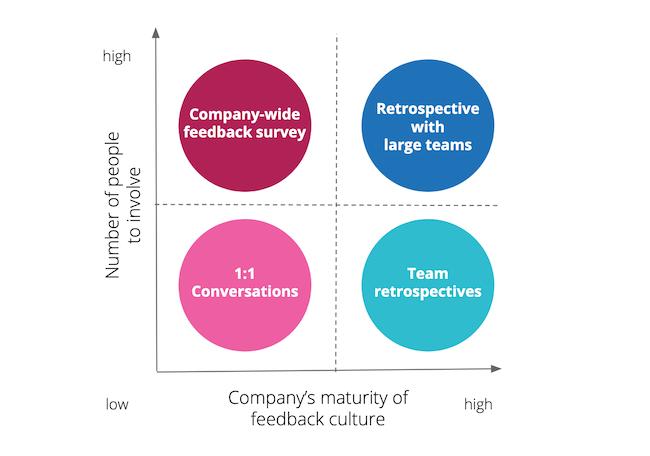Agile project management
7 Step Agenda for an Effective Retrospective




Disclaimer: The statements and opinions expressed in this article are those of the author(s) and do not necessarily reflect the positions of Thoughtworks.
